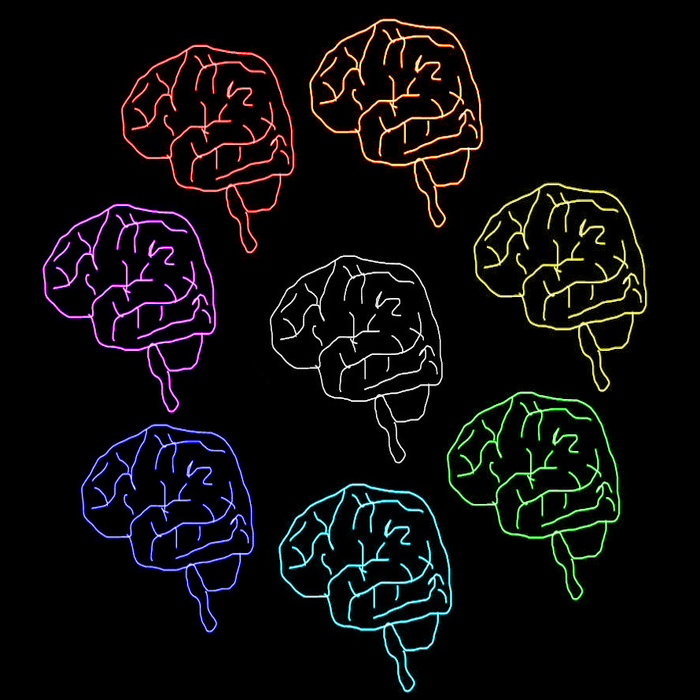Prismatic Brain started as a self-directed attempt to use art as therapy. In Dr. Peter Levine’s book, Trauma Through a Child’s Eyes: Awakening the Ordinary Miracle of Healing, he shares his use of poetry to help people recover from traumatic experiences. The first step is the describe the problem, and the second step is to describe the overcoming of the problem. The nature of how rhyming hooks thoughts gives the experience a deeper impact. With the natural way musical phrases can hook themselves in the human mind, it seemed like a perfect way to increase the effectiveness of this method.
I live with Dissociative Identity Disorder, which in simplest terms mean that the experiences I had in life were so shocking my mind reorganized itself in a way to isolate those experiences from normal experiences. A framework was constructed to house the various experiences through complex systems of denial. Identities with unique skill sets and perspectives formed around these experiences.
Much the way a prism can refract light into separate wavelengths that can be observed as different colors, my experience with the world is applied through a filter that allows these different shades of experiences (good, bad, and everything in between) to be sorted and stored separately. This filter is Dissociative Identity Disorder.
I chose the metaphor of light and prisms because of its implication in my healing goal: to return to the original form. If Dissociative Identity Disorder causes my experiences to be split, I will use music as a second prism to return the whole spectrum back to “white” light. I chose to use the colors associated with the traditional 7 chakra system because each color is associated with emotional and behavioral perspectives.
In sharing my art, I am making my words and frameworks available for others to use to help them undo resonant shifts that shocking experiences may have caused in their lives.
